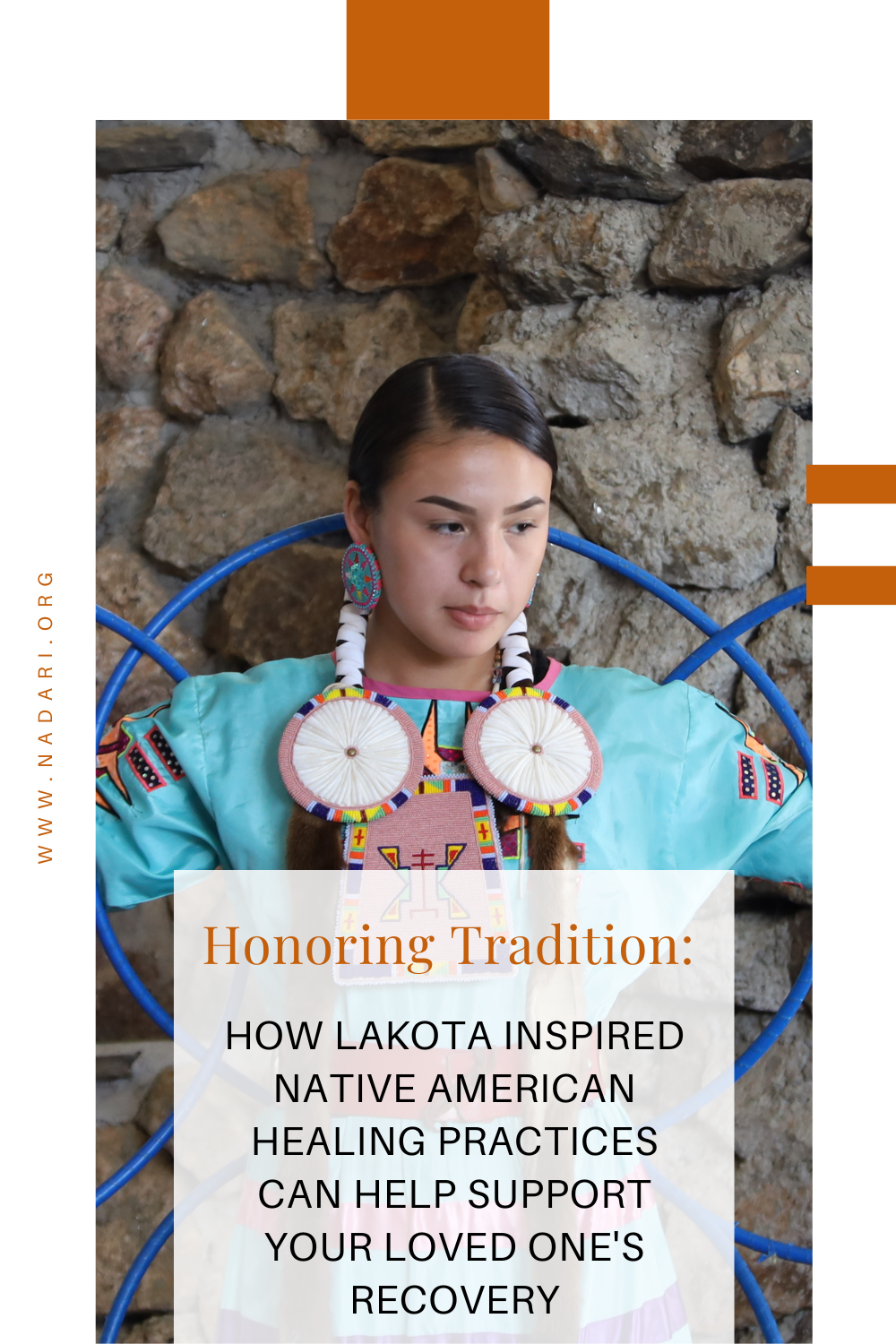Native American Youth and Addiction: Early Intervention and Prevention Strategies
Greetings, relatives. Today, we gather around our virtual sacred circle to discuss a critical topic: Native American youth and addiction. Our young ones, the bearers of our future, face unique challenges, including a higher risk of substance abuse. Early intervention and culturally grounded prevention strategies are essential in addressing this issue. Programs like the Cheyenne and Arapaho Tribes' "Tradition Not Addiction" are making significant strides by incorporating traditional practices to help our youth connect with their heritage, fostering a sense of belonging and purpose. By educating our youth, involving families and communities, and providing access to mental health services, we can build a supportive environment that nurtures their well-being. Together, we can protect our youth, preserve our traditions, and build a future free from addiction.
Building a Strong Support System: The Role of Family in Native American Addiction Treatment
The journey towards sobriety from addiction is not a solitary endeavor but a collective fight, and nowhere is this more evident than within Native American communities. The inherent importance of family and community in Native American cultures provides a unique lens through which we can understand and address addiction treatment. A holistic, family-centered approach is vital to effectively tackle the complex issue of substance abuse. This article delves into the role of a robust support system, especially the family, in Native American addiction treatment.
The Impact of Legal Decisions on Native American Mental Health and Addiction Recovery
In a ruling that has drawn widespread criticism, the Oklahoma Supreme Court decided that the state could take custody of Native American children living on reservations other than their own, without necessarily consulting the tribe. Critics argue that this decision undermines the protections of the Indian Child Welfare Act (ICWA) and could have far-reaching implications for the mental health and addiction rates in Native American communities. Read on to learn more.
Revitalizing Health: Embracing Native American Nutrition, Traditional Foods, and Herbal Medicine for Long-term Recovery and Wellness
Are you seeking a journey of healing and transformation that honors the Creator and the wisdom of the Earth? You have come to the right place! In this light and informative blog post, we will guide you through the ancient practices of Native American nutrition, traditional foods, and herbal medicine.
Bridging the Gap: Understanding the Needs of Native American Families in Addiction Treatment
The purpose of this blog post is to shed light on these challenges, explore the reasons behind the disparities in addiction treatment, and suggest ways in which service providers can work to bridge the gap in understanding and meeting the needs of Native American families impacted by addiction.
Navigating the Legal System: Resources for Native American Families Dealing with Addiction-related Legal Issues
In this blog post, we will explore the resources available to Native American families who are navigating the legal system in the context of addiction.
Respectful Healing: Understanding the Difference between Native American Culturally Congruent Treatment and Cultural Appropriation in a Therapeutic Setting
In this blog post, we will explore the difference between culturally congruent treatment and cultural appropriation in a therapeutic setting, and why it is so important to ensure that Native American individuals receive care that is respectful, understanding, and culturally appropriate.
Healing the Wounds of the Past: Understanding Historical Trauma in Native American Communities and the Importance of Culturally Appropriate Treatment
For generations, the Native American community has faced a unique set of challenges and experiences, including poverty, lack of access to quality healthcare, and the effects of historical trauma. This trauma, rooted in centuries of displacement, violence, and cultural erasure, has left deep scars that continue to impact the mental health and well-being of Native Americans today. Despite this, there has been a lack of recognition and understanding of the lasting impact of historical trauma in the broader society. In this blog post, we will delve into the effects of historical trauma on the Native American community and the importance of culturally appropriate treatment in addressing and healing from this trauma. It is our hope that by increasing awareness and understanding, we can help break the cycle of historical trauma and empower Native Americans on their journey towards wellness and healing.
The Native American Recovery Community: A Path to Healing and Empowerment
With a deep appreciation for the strength and resilience of this community, we will explore the steps that are being taken to support Native American recovery and improve access to quality mental health care. Through this discussion, we hope to raise awareness and encourage continued support for the Native American recovery community.
The Power of Tradition: Understanding the Healing Benefits of Sweat Lodges in Native American Culture
Sweat lodges, also known as inipi or purification lodges, have a long and rich history within the Native American community. For centuries, these structures have served as a sacred space for spiritual, physical, and emotional healing. They are a traditional way of connecting with the earth and the spirit world, and they continue to play an important role in the spiritual lives of many Native American people today.
Wellbriety in Indian Country: A Journey Towards Holistic Healing
The term “Wellbriety” refers to a movement that seeks to promote wellness and sobriety within Indigenous communities. The movement recognizes the interconnectedness of physical, emotional, mental, and spiritual health and aims to address the root causes of addiction and trauma in Native American communities.















